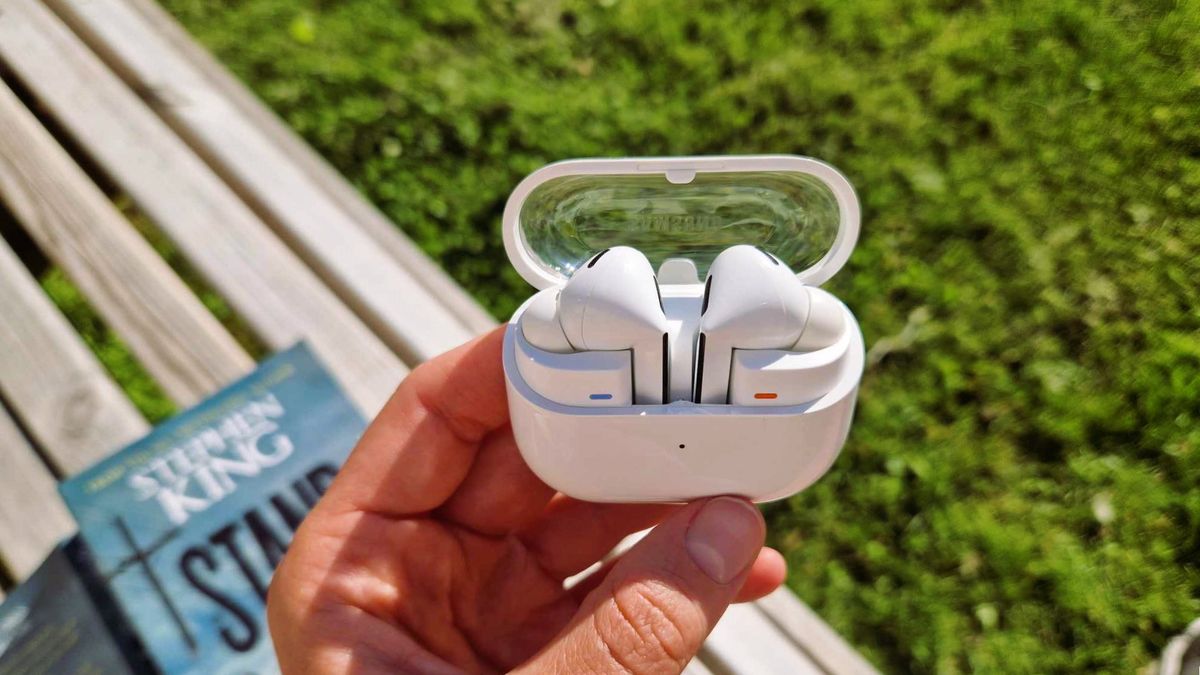Google and Meta have delayed segments of their subsea cable projects crossing the Red Sea, Bloomberg reported Monday, November 17, citing continuing security risks in a corridor where previous cable damage has already impacted global cloud traffic. The decision affects some of the world’s largest infrastructure builds, including Meta’s 2Africa system and Google’s Blue-Raman route, at a time when Europe-to-Asia capacity remains stretched and prone to latency spikes during outages.
The Red Sea bottleneck carries about a fifth of global internet traffic, but has been repeatedly flagged as increasingly fragile. In early September, two major cables — IMEWE and SEA-ME-WE 4 — were severed near Jeddah. Microsoft confirmed higher latency between Europe and South Asia after the event, and routing data from Kentik showed traffic diverted around Africa. That same detour could reappear during future disruptions if new capacity is delayed or never completed.
TeleGeography’s latest status maps show that Meta’s 2Africa cable, a nearly complete 45,000-kilometer system, remains in progress in the Red Sea. Google’s Blue-Raman project, designed to bypass Egypt’s congested corridor by linking Europe and India through Israel and Jordan, must still connect via subsea legs running close to conflict-adjacent areas. According to Bloomberg, both firms have pulled back Red Sea work for now, citing risks to ships and crews.
While nothing yet suggests that these projects will be cancelled — indeed, undersea cable investments are on the rise — revised and delayed deployment timelines seem inevitable in a corridor where progress depends heavily on geopolitical stability.

Follow Tom's Hardware on Google News, or add us as a preferred source, to get our latest news, analysis, & reviews in your feeds.

 14 hours ago
6
14 hours ago
6









 English (US) ·
English (US) ·